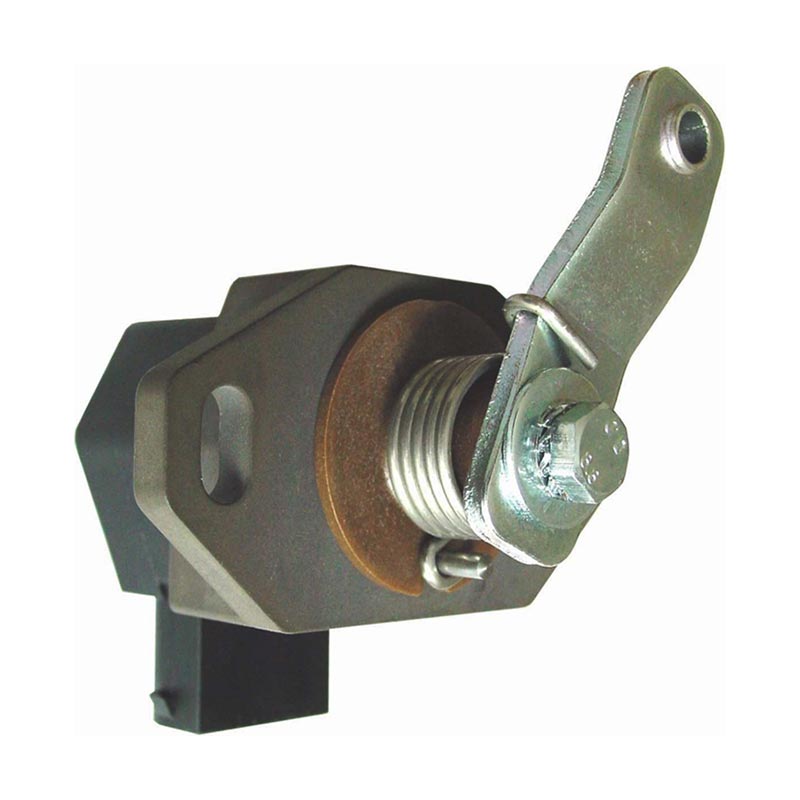Do not Ignore These specific Indications of a Malfunctioning TPS

This throttle position sensor is a crucial component of the car's engine management system. It holds a important role in tracking the position of the throttle valve and transmitting that information to the engine control unit. This data helps to ensure that the engine runs smoothly and effectively. When the throttle position sensor begins to malfunction, it can lead to a range of performance problems that can influence the driving experience and even endanger the safety on the road.
Recognizing the indications of a failing throttle position sensor can prevent you from costly repairs and irritating breakdowns. If you notice any strange behavior while driving, such as bad acceleration, sluggish response, or irregular idling, it could be time to check further. In this article, we will examine some frequent symptoms that can suggest your throttle position sensor is malfunctioning, helping you to be preventative in addressing likely issues before they escalate.
Comprehending Throttle Position of the Throttle Sensor Technology

The throttle position sensor plays a crucial role in contemporary cars by checking the placement of the accelerator plate in the air intake mechanism. This tiny but important device sends live data to the ECU, allowing it to make needed changes for optimal performance. By correctly assessing how far the throttle opens, the sensor helps ensure that the engine receives the proper quantity of fuel and air mixture for optimal burning.
When working well, the sensor improves vehicle efficiency and responsiveness. It impacts various components, including throttle response, gas mileage, and pollution management. If the sensor fails or shows issues, it can lead to unpredictable engine performance, making it critical for drivers to be aware of the alerts indicating potential issues. A trustworthy sensor leads to more fluid engine performance and can significantly affect the complete driving enjoyment.
In conclusion, grasping the role and value of the sensor is critical for car upkeep. Regular inspections and recognition of how this part affects engine operation can prevent serious complications down the way. By staying aware about the symptoms of a failing throttle position sensor, drivers can take proactive steps to address any problems before they become severe.
Typical Symptoms of Malfunction
An of the most noticeable indicators of a malfunctioning throttle position sensor is erratic engine behavior. Vehicle operators may experience abrupt surges in acceleration or delayed responses when pressing the gas pedal. throttle position sensor tps can be disconcerting and troubling, as the vehicle may not perform as expected, leading to likely safety risks.
Another common symptom is increased fuel consumption. If the throttle position sensor is malfunctioning, it can provide faulty information to the engine control unit, causing the engine to run richer than necessary. This can lead to increased fuel bills and a decline in overall fuel efficiency, which can be an annoying problem for motorists who are trying to control their costs.
Additionally, the check engine light may activate when there is an issue with the throttle position sensor. Modern vehicles are outfitted with diagnostic systems that can detect irregularities in sensor performance. If this light shows up on your dashboard, it is crucial to have your vehicle examined to diagnose any underlying issues, including possible problems with the throttle position sensor.
Testing and Changing Your Throttle Position Sensor
To evaluate the TPS, you can use a multimeter to evaluate its voltage reading. Begin by finding the throttle position sensor on your vehicle's intake manifold and disconnecting the connector. Set your voltage meter to the DC voltage mode and attach the leads to the correct terminals. With the ignition on, but the motor off, open the gas pedal from closed to wide open while observing the output on the voltage meter. A gradually changing voltage indicates a good sensor, while erratic readings may suggest a defect.
If testing confirms that your throttle position sensor is not working properly, changing it is usually simple. Acquire a new throttle position sensor suitable for your vehicle’s make and model. After removing the battery for safety, uninstall the old sensor by detaching it from the throttle body. Place the new TPS in the same position, ensuring it is oriented correctly, then attach the electrical connector and power source.
Once the new TPS is in place, it’s essential to clear any trouble codes from the vehicle’s engine control unit. Ignite the engine and check for a steady throttle reaction. If you encounter any further problems, it may be worth consulting a professional to confirm that the setup was done correctly and that there are no other further complications.
